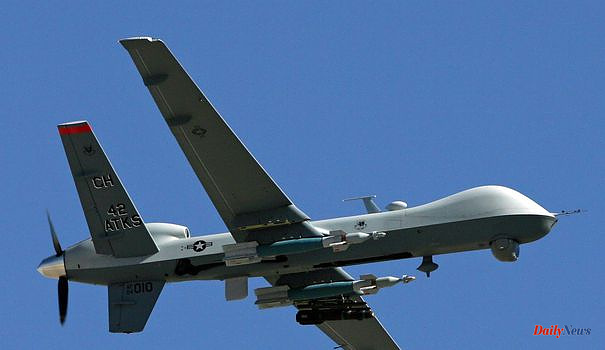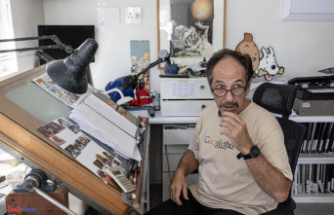In the United States, a whole generation remembers the advertisements of the early 1980s extolling the merits of "ginsu" knives, capable of cutting clean all types of food, as well as cans or wood, in the manner of a samurai sword. It is in reference to this popular brand that the secret weapon that Washington allegedly used to kill the leader of the terrorist group al- Qaeda, Ayman al-Zawahiri, July 31, in Kabul.
Washington has never officially recognized the existence of these R9X, a variant of its famous Hellfire ("hell fire"), the 1.63-meter-long missile, with radar or laser guidance, which equips its helicopters and its drones. In recent years, the American media have nevertheless revealed that the White House has made it its weapon of choice to eliminate certain big fish from the jihadist movements.
It is therefore not impossible that the successor of Osama Bin Laden learned of the missile called to put an end to his life. The development and then the use of the R9X Hellfire tells the story of the evolution of the campaign to eliminate the leaders of Islamist terrorism led by the United States since the attacks of September 11, 2001 and the destruction of the twin towers of the World Trade Center, in New York, claimed by al-Qaeda.
At the end of the 2000s, the Americans were increasingly blamed for the deaths of civilians found near the targets targeted by their drones, in particular in urban areas, whether in Afghanistan, Pakistan, Iraq , Syria, Somalia or Yemen. Moreover, to reduce the chances of being targeted by such strikes, some jihadists have taken to surrounding themselves with women and children.
The manufacturer of the Hellfire missile, Lockheed Martin, has therefore developed a version without an explosive charge. And to widen its field of action, he equipped it with six large blades that deploy a few seconds from impact. Called RX9, it was quickly adopted by the presidency of Barack Obama, determined to continue the anti-jihadist campaign by drone, but, as he claimed in May 2013, giving himself "a virtual certainty that no civilian shall not be killed or injured".
The Wall Street Journal first revealed the use of the "ginsu" missile in 2019 for the elimination in Yemen that year of Jamal al-Badawi, the mastermind of the al-Qaeda attack on the USS Cole in 2000, claiming the lives of 17 American sailors. The daily also claimed that the RX9 had been used in 2017, in Syria, against the car where was Abou Kheir Al Masri, an Egyptian considered to be Al-Zawahiri's deputy. The New York Times later reported that the same weapon was used in June 2020 against Khaled al-Aruri, then head of al-Qaeda's branch in Syria.
The first elements provided by Washington affirm that Ayman al-Zawahiri would have been killed on the balcony of the house which he occupied, in the capital of Afghanistan - the country being under the total control of the Taliban, since the final withdrawal of the Americans and their Western allies, at the end of August 2021. He was reportedly shot down by two missiles fired from a drone. The damage does not bear the trace of an explosive charge, as shown in the photos. The signature of the "Flying Ginsu".












